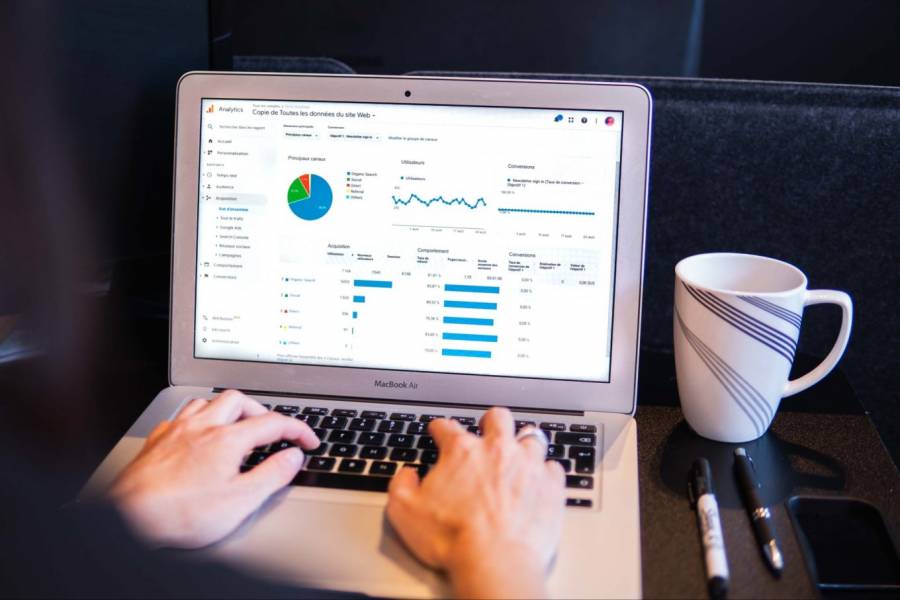 Your first step in marketing, at all times, is to know everything there is to know about your customer. Creating a customer map is absolutely key in order for you to plan the rest of your marketing strategy.
Your first step in marketing, at all times, is to know everything there is to know about your customer. Creating a customer map is absolutely key in order for you to plan the rest of your marketing strategy.
Your content will need to be created with your customer in mind. You will need to pick your marketing channels based on your audience. Your messaging will need to appeal directly to them.
So, just how do you create a map of your customer? How do you unpack just who they are to start talking directly to them? We thought we would take a look at how some of the biggest brands create a customer map in order to streamline their customer journey for them.
Make Use of Automation Tools
As the digital world has rapidly evolved, so have all of the tools and platforms available to you to effectively market your products and services. There are tools for almost everything you need out there, and they all have different price points and capabilities.
So, if you are looking for an SEO tool to help you keep track of how your site is doing, for example, there are a number of different options, for different budgets. They also provide you with different services.
If you want to regularly keep track of your SEO score, and get monthly updates about how your site is doing, or if you need a quick, simple audit, those options are there.
The same goes for a variety of other tools. Localization software, for example, is a great consideration if you are looking to take your business global. It will effectively automate the process of makinggetting your site accessible toready for customers based in other countries. This will include language, currency, and time zone elements that can be automatically shifted.
Know the Basic Demographics of Your Audience
This may seem redundant, but the fact is that tons of companies have not updated their customer profile in a while. And the fact of the matter is that your customer can evolve and change all the time.
Take the impact of Covid-19 as an example. Not only did it shift customers to a more digital environment, but it made a lot of customers more and more reliant on online products and services.
We have encouraged brands to do a yearly scope of their customers. What is their average age? Where are they based? What is the dominant gender in their customer range?
We touched on this earlier, but if you want to go global, you are going to have to start widening the map of your customer. Now, you might be wondering what is localization and what are its benefits.
Localization is the shift of your company and site to be able to cater to international customers. You are going to have to cater to customers in different time zones, speaking different languages and paying with different currencies. But, you are also going to have to market to people with different cultures and outlooks on life.
So, you will need to have the right software and tools to be able to make sure that you are marketing your brand effectively and retaining the messaging in totally different cultures and practices.
 Take It Even Further
Take It Even Further
The key to knowing how to market to modern audiences is not just knowing that you are speaking to a female who is in her mid-30s with a mid-range income in Texas. You will also need to know what her interests are and how she behaves online.
What is her purchasing behavior? What is she engaging with online?
Having this deep dive information into your customers will make it easier for you to create content that you are guaranteed to get engagement from and increase conversions.
So, stay on top of keywords, trends, and viral and trending content on social media, and try to keep yourself in the loop as much as possible. Keep track of what your target audience is following and what they are engaging with. Do regular keyword research to see what is changing and what is starting to pop up that you can immediately jump on to stay relevant.
You might notice that your audience follows specific accounts or micro-influencers. A great tactic is to contact them for content-sharing opportunities to target your audience indirectly and make an impact with them through those accounts.
The Bottom Line
By sitting with your team on a yearly or bi-yearly basis to create a customer map, you will be ensuring that your brand stays relevant and speaks the language of your customer. Messaging is everything to your customer and you will want to be putting out the messaging that hooks their attention and makes them want to convert with you.

Founder Dinis Guarda
IntelligentHQ Your New Business Network.
IntelligentHQ is a Business network and an expert source for finance, capital markets and intelligence for thousands of global business professionals, startups, and companies.
We exist at the point of intersection between technology, social media, finance and innovation.
IntelligentHQ leverages innovation and scale of social digital technology, analytics, news, and distribution to create an unparalleled, full digital medium and social business networks spectrum.
IntelligentHQ is working hard, to become a trusted, and indispensable source of business news and analytics, within financial services and its associated supply chains and ecosystems

 Take It Even Further
Take It Even Further







